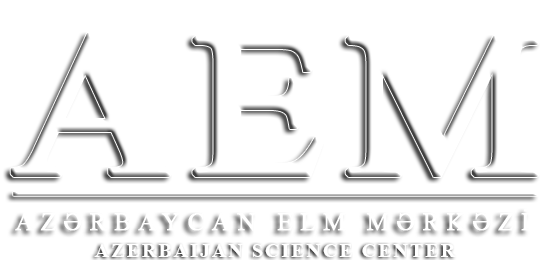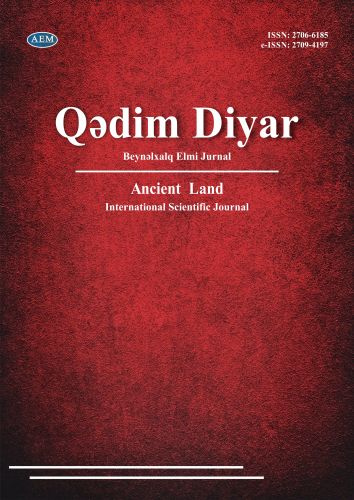DOI: https://doi.org/10.36719/2706-6185/46/61-67
Khavar Alakbarli
National University of Public Service, Hungary
PhD student
https://orcid.org/0000-0001-9988-3189
khavar.alakbarli@gmail.com
National Branding as a Tool of State Instrument: Strategic
Approaches and Policy Implications
Abstract
Today, several countries engage in national branding to portray and enhance their economic, cultural, and political power. In a globalized world, effective national branding facilitates the acquisition of new tourists and investors, which ultimately leads to global recognition.
National branding works where there is a continuous interaction between the government, public and private sectors, and the population of the country. It is a blend of standard branding principles to enhance the image of a country, and a national branding is a combination of a country’s identity and perception.
The article focuses on branding strategies of Southern European countries, with a special focus on Spain and Italy. This research attempts to describe the place of political frameworks, institutional initiatives, and strategic communication in the construction of their national identities. Furthermore, the study examines the impact of regional factors on their Southern European brand identity.
This study uses a comparative case study method to examine key branding techniques such as tourism and cultural promotion and digital media strategies. The findings suggest that Italy and Spain make effective use of historical heritage, strategic communication, and economic cooperation to maintain a solid international reputation.
Keywords: national branding, public administration, cultural diplomacy, management, southern European

